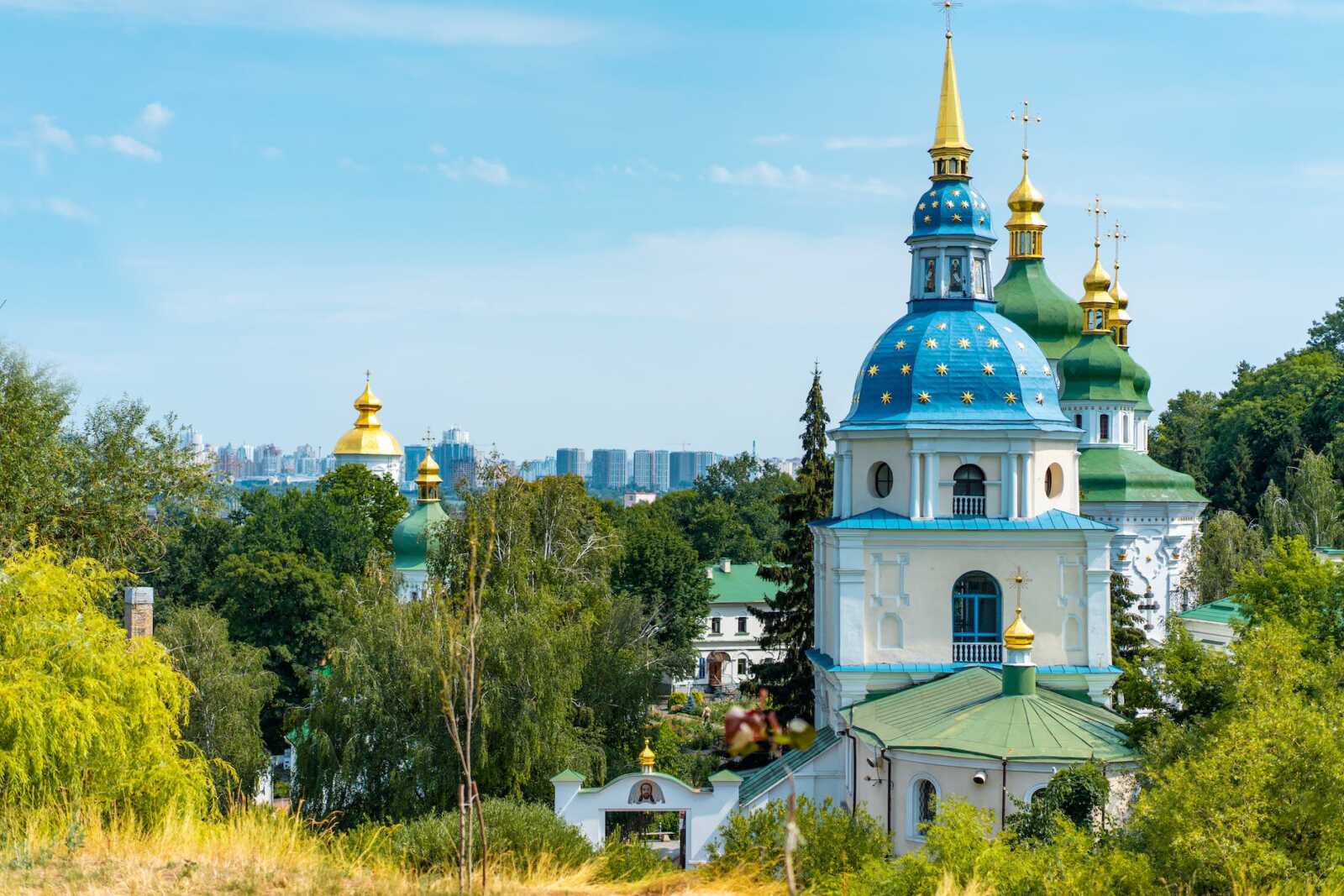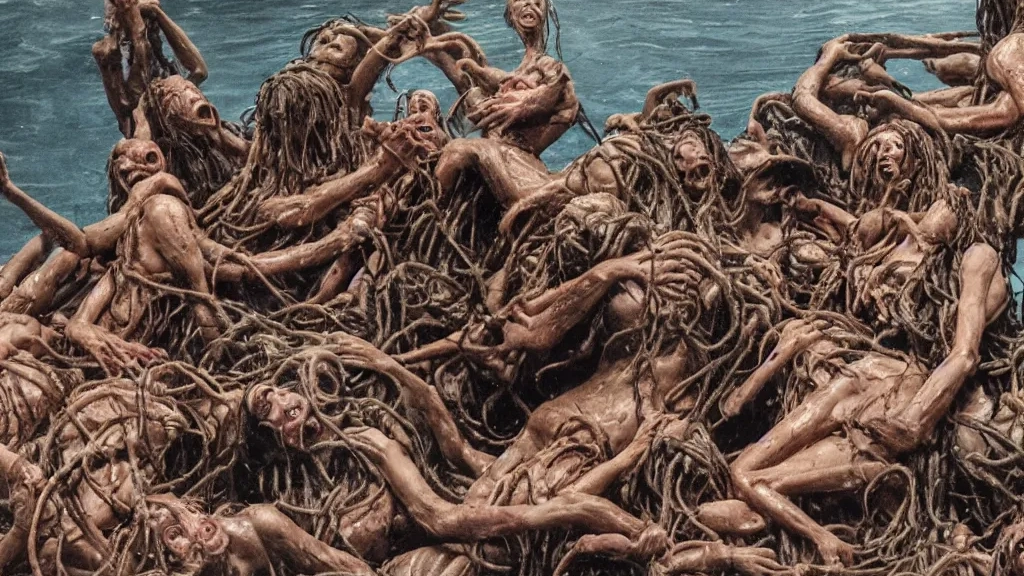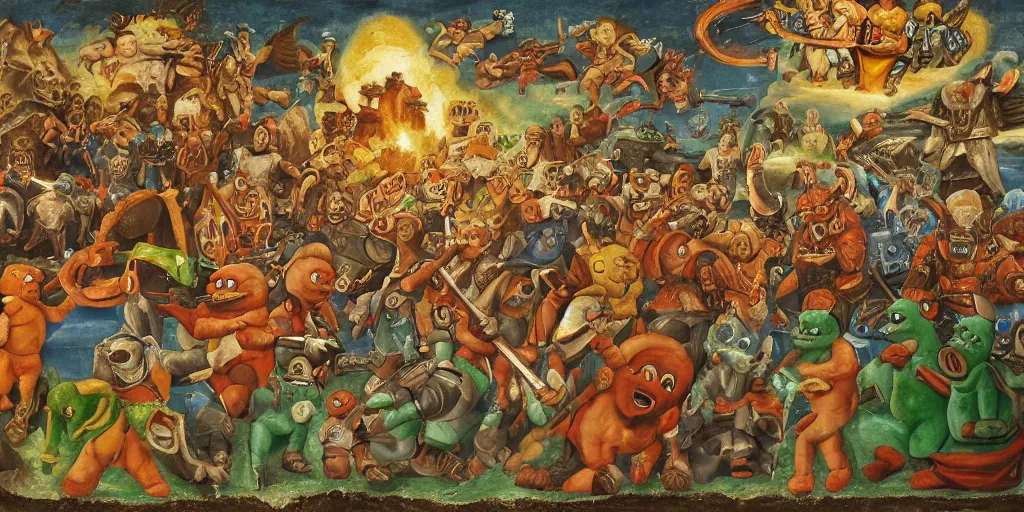
Toni Morrison, the Nobel Prize-winning author, wrote a number of novels that explored the African American experience, including “Beloved”. This novel was published in 1987 and is considered one of Morrison’s most powerful works. The story is set in post-Civil War Ohio and tells the story of a former slave named Sethe and her struggles to come to terms with her past and the loss of her daughter, Beloved. In this post, we’ll take a closer look at “Beloved” and why it remains an important work of African American literature.
The Importance of “Beloved” in African American Literature
“Beloved” is considered one of the most important works of African American literature for a number of reasons. First and foremost, it sheds light on the brutal realities of slavery and the lasting impact that it had on the lives of former slaves. The novel is a powerful reminder of the atrocities that were committed against enslaved Africans and their descendants, and it serves as a testament to their resilience and strength.
 Additionally, “Beloved” is an important work of African American literature because of the way it explores themes of motherhood, identity, and community. Morrison’s writing is both haunting and beautiful, and she uses her characters to delve into the complexities of the human experience. The novel is a testament to Morrison’s incredible talent as a writer and her ability to craft stories that are both deeply moving and thought-provoking.
Additionally, “Beloved” is an important work of African American literature because of the way it explores themes of motherhood, identity, and community. Morrison’s writing is both haunting and beautiful, and she uses her characters to delve into the complexities of the human experience. The novel is a testament to Morrison’s incredible talent as a writer and her ability to craft stories that are both deeply moving and thought-provoking.
Why You Should Read “Beloved”
If you haven’t yet read “Beloved”, it’s time to add it to your reading list. The novel is a masterpiece of African American literature, and it is sure to leave a lasting impression on you. Whether you’re a fan of Morrison’s writing or simply looking for a powerful and thought-provoking novel, “Beloved” is a must-read.
Here are a few reasons why you should read “Beloved”:
- It’s a powerful reminder of the realities of slavery.
- It explores complex themes in a thought-provoking way.
- Morrison’s writing is haunting and beautiful.
- The characters are complex and memorable.
- It’s a testament to Morrison’s incredible talent as a writer.
The Plot of “Beloved”
“Beloved” is set in post-Civil War Ohio and follows the story of a former slave named Sethe. Sethe has managed to escape slavery and start a new life with her children, but she is haunted by the memory of her dead daughter, Beloved. Sethe is struggling to come to terms with her past and the loss of her daughter, and she is haunted by the ghost of Beloved, who has returned to claim her place in the family.
 As the story unfolds, Sethe must confront her past and the demons that haunt her in order to find peace and come to terms with her loss. The novel is a powerful exploration of the impact of slavery on the lives of African Americans, and it is a testament to the resilience and strength of the human spirit.
As the story unfolds, Sethe must confront her past and the demons that haunt her in order to find peace and come to terms with her loss. The novel is a powerful exploration of the impact of slavery on the lives of African Americans, and it is a testament to the resilience and strength of the human spirit.
The Characters in “Beloved”
The characters in “Beloved” are complex and memorable. Sethe is the central character, and her struggles to come to terms with her past and the loss of her daughter are at the heart of the novel. Beloved, Sethe’s dead daughter, is a haunting and powerful presence throughout the novel, and her return to the family is a central part of the story.
Final Thoughts:
In conclusion, “Beloved” is a must-read for anyone who loves powerful and thought-provoking fiction. Toni Morrison’s writing is simply stunning, and her characters are complex and memorable. The novel is a powerful exploration of slavery, motherhood, identity, and community, and it remains as relevant today as it was over three decades ago. If you haven’t yet read “Beloved”, it’s time to add it to your reading list. You won’t be disappointed.
Inspiring Quotes from a Masterpiece of African American Literature
- “Freeing yourself was one thing, claiming ownership of that freed self was another.”
- “Definitions belong to the definers, not the defined.”
- “She is a friend of my mind. She gather me, man. The pieces I am, she gather them and give them back to me in all the right order.”
- “Love is never any better than the lover.”
- “I will call them my people, which were not my people; and her beloved, which was not beloved.”
- “She is a friend of my mind. She gather me, man. The pieces I am, she gather them and give them back to me in all the right order.”
- “The best thing she ever did was love her children. The best thing she ever had in her life were her children.”
- “I got a tree on my back and a haint in my house, and nothing in between but the daughter I am holding in my arms.”
- “All my skin folk, ain’t my kin folk.”
- “Don’t ever think I fell for you, or fell over you. I didn’t fall in love, I rose in it.”




























